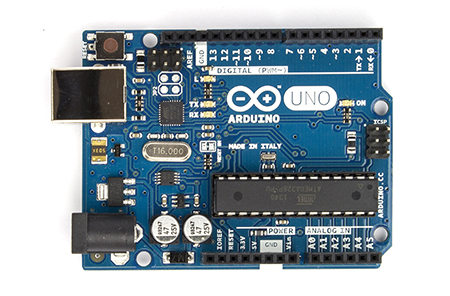It has been several weeks since the last time I posted about our first project in Human-Computer Interaction Interface course. I'm still waiting for the release of the PC version of the newest installment on Need For Speed, and I found a new joy in playing Project Cars, and yes, Rio Haryanto is now officially a Formula One driver (am still waiting for my time though :v). Just how fast the time could pass by? :v
Ah, my apologize, enough of the pointless rant. Let us carry on to the real business, shall we?
This time, I don't know if it could still be called as a project, but our lecturer made us try the Wireless Network Module named ESP8266. The Module itself costs us Rp75.000,- (about $5.5 with current exchange rate). The ESP8266 WiFi Module itself is a self contained SOC with integrated TCP/IP protocol stack that can give any microcontroller access to your WiFi network. So, it's basically like the network card that a microcontroller could use (I hope I don't give you a false analogy).
Idea
Should be obvious enough. :v
Components
The Components used in this not-so-called-project are:
- Arduino Uno
Arduino Uno
- ESP8266 WiFi Module
Esp8266 Module
- Breadboard
Breadboard
- Male-Female Jumper Wires
Male-Female Jumper Wires
- Male-Male Jumper Wires
Male-Male Jumper Wires
Circuit Scheme
Circuit Scheme
Source Code
No need for it. The Module has a built-in commands. The Module's quick start guide that is attached in the references section will guide you (Captain Obvious strikes back baby!) to test this module's capability.
Problems Faced
I don't really think that there is anything I could consider as a problem, except that one time when we need a Male-Female jumper wires to carry on this not-so-called-project. :v
Photos and Videos
References:

/Male-to-Female-Jumper-Wire-(25-pack)-600x600.jpg)




No comments:
Post a Comment